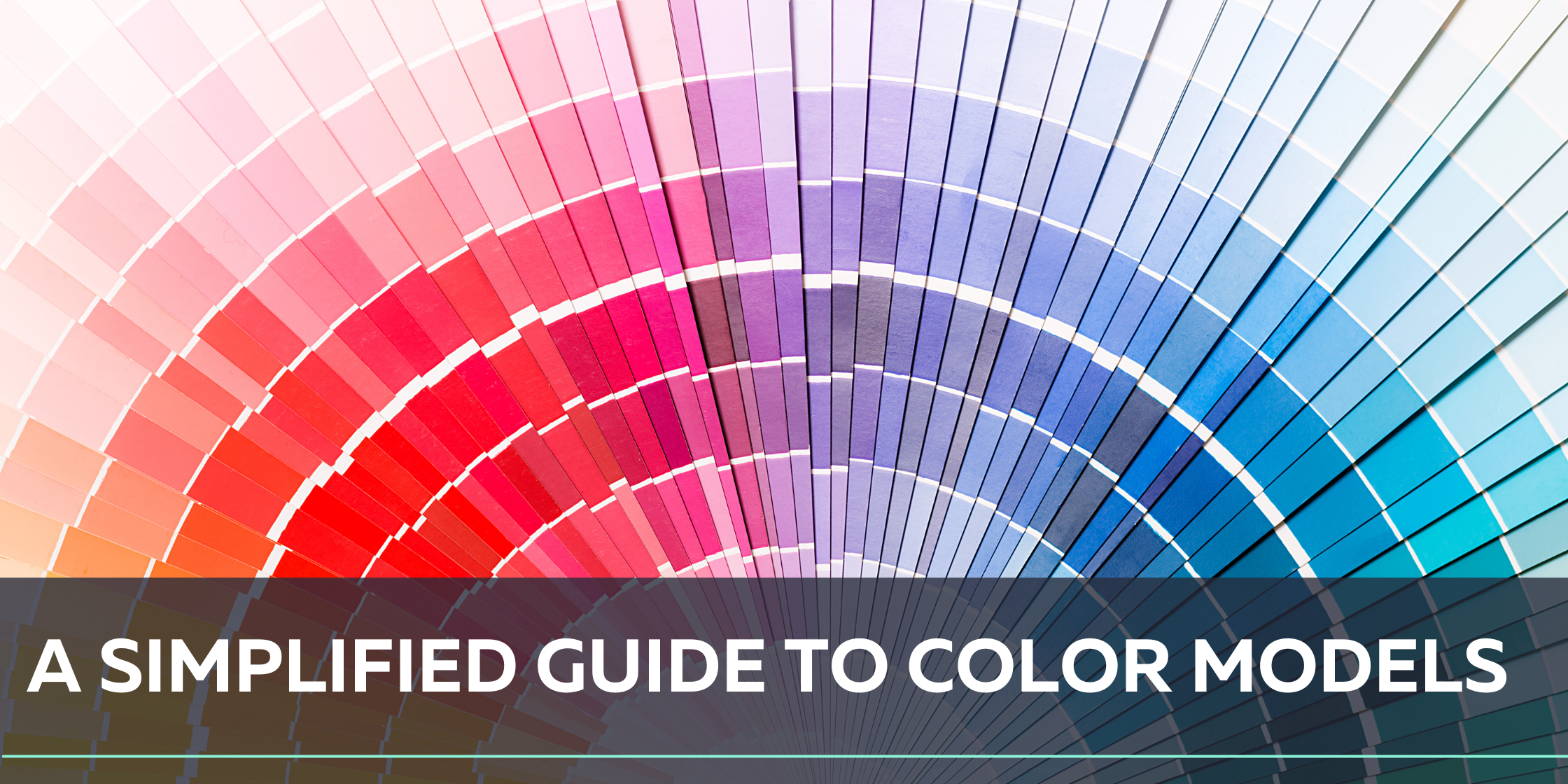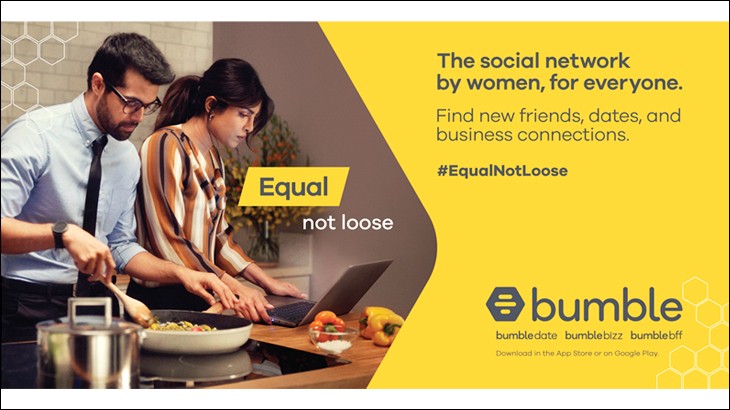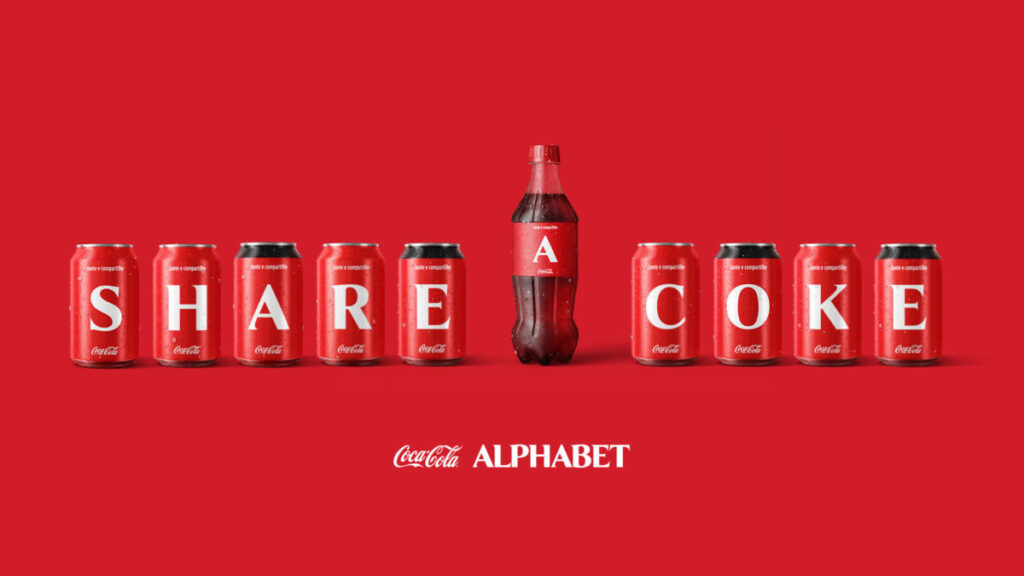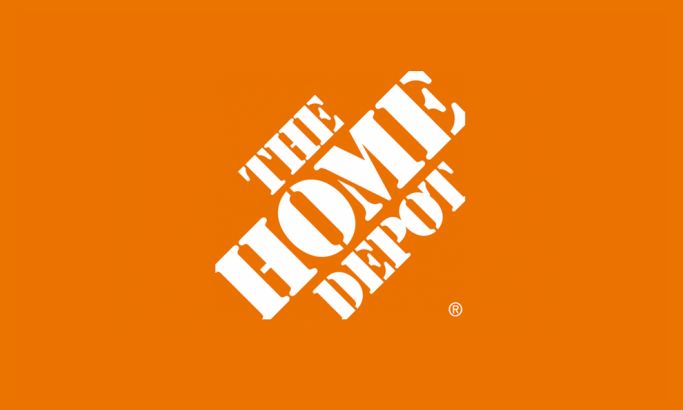Did you know there are thousands of regularly used colors and millions more that can be distinguished by the human eye? Naming each color would be impossible. However, scientists have devised various systems of assigning numeric values to colors. These systems are called color models, and they provide precise methods for naming and reproducing exact colors. It may seem silly to some, but graphic designers and branding specialists understand the importance of maintaining the same look and feel for a brand across all mediums. Properly chosen colors define your brand’s essence and value, drive purchasing decisions and can increase brand recognition by 80%. Take a look below at a few examples of brands with consistent and iconic color usage.
Have you ever printed a brochure, or other type of marketing collateral, and noticed the colors didn’t exactly match the colors on your website or social media graphics? That’s because there are two categories of viewing color, onscreen and in print, and they render color very differently from one another which can make it difficult to maintain your brand colors across different types of color processing. That’s why our team provides four color models in each client’s brand guide to ensure they can maintain the consistency of their brand guidelines across all channels without confusion
The four color types we include in every brand guide are PMS, CMYK, RGB and HEX. PMS and CMYK are for print. RGB and HEX are for onscreen.
Print Color Models
PMS – Pantone Matching System
Use: Printing
For offset printing only. Ideal for stationery. Often used in one or two-color jobs. Also used as spot colors on premium brochures in addition to the four-color process.
This is a standardized system of color used to ensure the same color is used no matter what printer (manufacturer, not necessarily “machine”) prints your project. PMS colors (also called Pantone® colors) are patented, standardized color inks made by the Pantone company. Colors are chosen from swatches provided exclusively by Pantone and can occasionally differ from CMYK equivalents due to the process of creating these colors. Fun fact: Pantone releases their ‘color of the year’ annually, which sets the tone for upcoming trends (and is also a pretty clever PR campaign)
CMYK
Use: Printing
Use in offset and digital printing. Ideal for full-color brochures, flyers, posters and postcards, etc.
If you know your work is being sent to a commercial printer, then it’s a good idea to start your document in CMYK mode. This color model is the process of overlaying dots made of four colors – Cyan, Magenta, Yellow and Black– in printing. Whereas a Pantone ink is one solid color throughout, a CMYK color is not. When you look at a CMYK printed piece through a magnifying glass, you can see a pattern of CMYK dots and how they overlap to make the final color. This process is used in offset and digital printing, most commonly for short run prints.
On Screen Color Models
RGB
Use: Onscreen
The RGB model is used when working with screen-based designs. A value between 0 and 255 is assigned to each of the light colors, Red, Green and Blue. These colors can be more vibrant than CMYK because they have a larger range and are viewed on an illuminated screen. RGB is the opposite of CMYK because it is an “additive” process. When you mix fully saturated versions of all three colors together, you get pure white. When you remove all three colors completely, you get black.
HEX
Use: Onscreen for websites
A HEX color is expressed as a six-digit combination of numbers and letters.Your RGB color can be converted easily to a hex color because they both use the colors red, green and blue to mix and create colors. No need to sweat the conversion. There are plenty of free conversion tools online such as this one which we often use
Here at Flourish, we have a great mind for what your business needs when it comes to your brand image. Our designs are visually compelling and move your customers to action. We start with understanding your customer: identifying their point of view and serving up the most relevant, engaging visual imagery.
Whether big or small, multinational or family-owned, every business has a story to tell. Let us help you tell yours!




